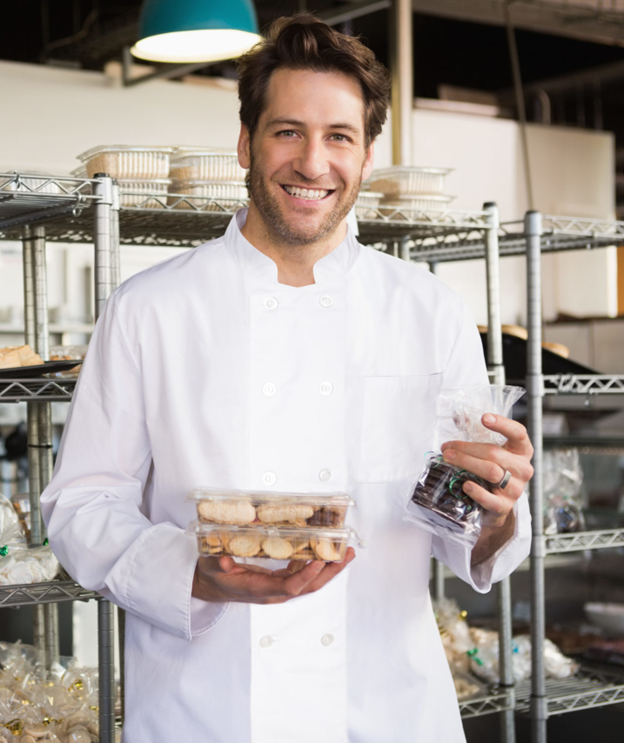The holiday season brings excitement, celebration, and increased demand for the food service industry. For restaurants and caterers, it also brings the responsibility of ensuring both food safety and seamless preparation. With more orders, bigger crowds, and new staff on board, the margin for error shrinks.
Following smart restaurant food safety procedures, strengthening your holiday operations, and outfitting your team with the right uniforms are essential steps to get through the season successfully.
Whether you’re preparing holiday meals for a catered event or serving guests in a bustling dining room, this guide offers essential holiday food safety tips and preparation strategies to help you maintain a safe and efficient kitchen while keeping employees and customers happy.
Preparing for the Holiday Rush: Operational Readiness
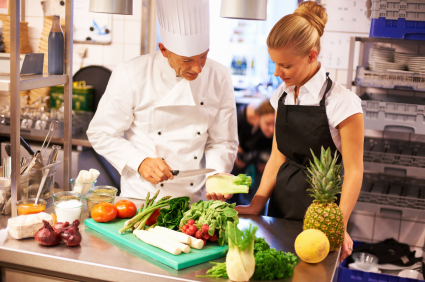
The holidays can strain even the best-run kitchens. Strong planning and smart staffing are critical to keeping things under control.
1. Staff Up Before the Holiday Crunch
Hire extra holiday staff to help fill gaps in scheduling. Your regular employees will want to take time off, which could leave you short-staffed. Now is the best time to start interviewing and hiring seasonal staff so you will have extra employees available all holiday season long.
Seasonal hires can support your regular crew during peak hours and reduce stress for everyone. Just be sure to properly train them on restaurant food safety guidelines from day one.
2. Set Clear Expectations with Your Team
Meet with your employees to go over holiday schedules. It is a good idea to have a meeting where you can go over your holiday expectations, work schedules, requesting time off, and other such things. Taking the time to align your team helps avoid confusion during hectic shifts. Reinforce expectations around hygiene, safety, and conduct, especially with temporary workers.
3. Optimize Your Holiday Menu
Change up your menu to reflect the holidays. You may want to offer holiday classics as part of your daily specials, roll out several pumpkin-spiced menu options, and so on. When modifying your offerings, aim to simplify rather than complicate. Seasonal specials are fun, but a limited menu can help reduce prep time, cut food waste, and support better food safety for the holidays.
4. Organize and Inventory Supplies Early
The holiday season often brings supply chain delays and increased demand for ingredients, packaging, and cleaning products. Avoid last-minute shortages by taking stock of your supplies early and placing bulk or specialty orders ahead of time.
Check inventory levels for essentials like gloves, sanitizers, disposable containers, and dry goods. Confirm delivery schedules with vendors and identify backup suppliers in case of delays. Having a fully stocked kitchen and prep area will reduce stress and support your food safety goals throughout the season.
Food Safety Management for Restaurants
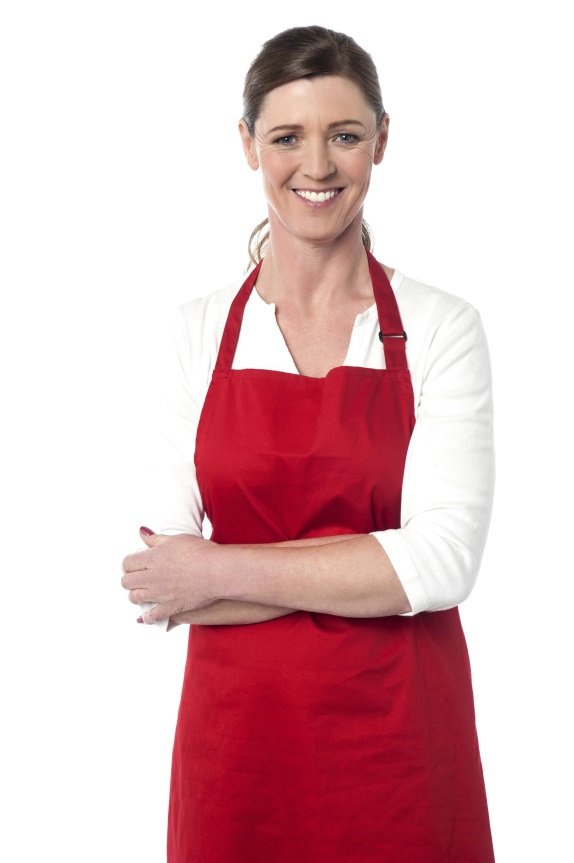
Food safety should never take a backseat during the holidays. In fact, it should be more top-of-mind than ever. Overcrowded kitchens, tight schedules, and inexperienced staff can all contribute to lapses. It’s hard to imagine a worse time than the extended holidays to find yourself sick in bed, or worse, in the hospital, recovering from dreaded food poisoning.
The good news is that most of these illnesses are preventable with good food safety habits and attentive staff. Train all workers on proper handling techniques, and maintain strict oversight in every step of the food prep process. This will protect both public health and your brand.
The HACCP Method: A Foundation for Safety
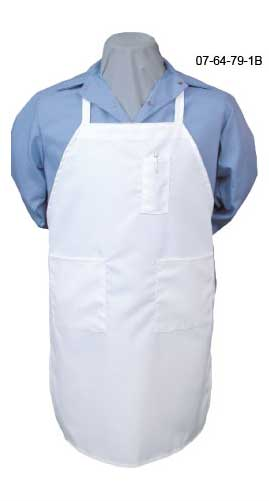
The U.S. Department of Agriculture (USDA) and the Food and Drug Administration (FDA), mandate strict HACCP (Hazard Analysis and Critical Control Points) for meat, seafood, and juice products. Many other food industries voluntarily apply the principles to fulfill their own specific government requirements and to keep customers as well as workers safe.
As a critical part of food safety management for restaurants, HACCP has seven key principles:
1. Conduct a hazard analysis.
Identify potential biological, chemical, or physical hazards in the food production process that could cause harm.
2. Determine the Critical Control Points (CCPs).
Pinpoint the specific stages in food handling where hazards can be prevented, eliminated, or reduced to safe levels.
3. Establish critical limits.
Set maximum or minimum values for temperature, time, or other factors to ensure each CCP stays within a safe range.
4. Establish a monitoring system.
Develop a method to consistently check that each critical limit is being met during food handling or processing.
5. Establish a procedure for corrective action when monitoring at a CCP indicates a deviation from an established critical limit.
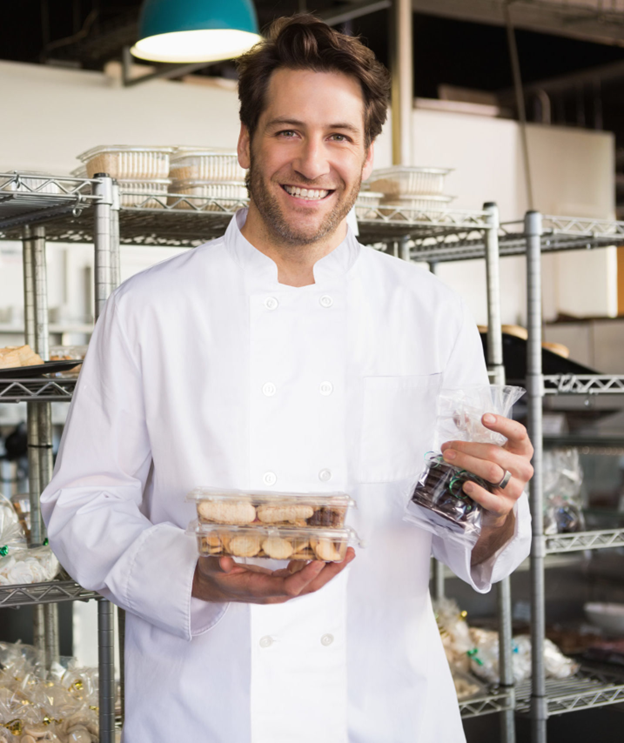
Create clear steps for staff to follow if a critical limit is not met, to quickly address and fix the issue.
6. Establish procedures for verification to confirm the effectiveness of the HACCP plan.
Use routine checks, audits, or tests to make sure the food safety system is working as intended.
7. Establish documentation concerning all procedures and records appropriate to these principles and their application.
Maintain accurate records of hazard analysis, CCP monitoring, and corrective actions to demonstrate compliance and support inspections.
Applying these principles throughout the year (especially during the busy season) can help ensure food safety from intake to service. Use this system as a backbone, especially when onboarding new team members quickly.
Safe Food Handling From Start to Finish
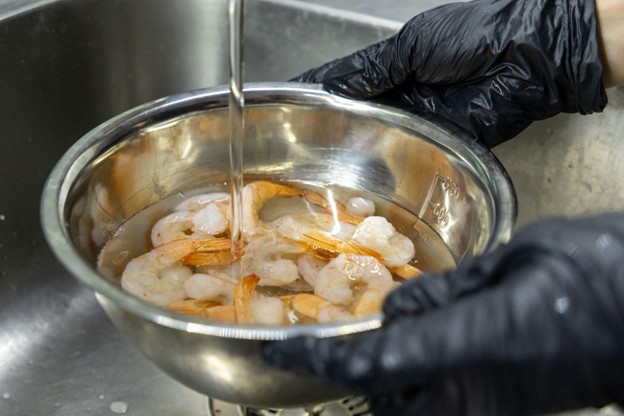
No amount of hand-washing or kitchen sanitizing will help if the food itself is not handled properly.
Train food handlers in observing the following rules:
- The Source: Know each supplier of fresh food, and ensure that their handling practices are impeccable.
- Equipment: Each type of food should be prepared on a different piece of equipment. The main food categories are raw meat, raw poultry or seafood, and produce. Separate cutting boards should be used for each, as well as separate sets of utensils.
- Sanitizing: Wash all items with soap and hot water after every task, then rinse and sanitize before next use.
- Refrigeration: Wrap all raw meats, seafood, and poultry in separate containers or sealed plastic bags before refrigerating.
- Temperatures: Stay on top of refrigeration and heating temperatures so bacteria have no room to get comfortable.
These steps ensure safety at every point in your food’s journey. Don’t take shortcuts, even when the kitchen is buzzing. Restaurant food safety guidelines exist for a reason—your customers’ health depends on them.
Keep Your Staff Accountable
A plan is only as good as the employees who carry it out. Be sure your plan for food safety ensures good practices among all staff, from selection and intake of food to kitchen maintenance, food preparation, and finally, food service and all contact with customers.
Concentrate on the most common sources of contamination first, namely, food supplier sources and your own staff, to eliminate the highest risk factors. Consistently remind staff of some of the most common sources of contamination, such as human hands and employee illness.
Promote Personal Hygiene
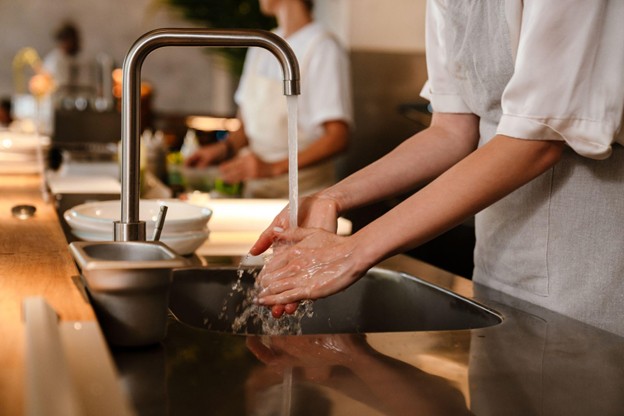
Holiday chaos makes it easy to forget the basics, but personal hygiene is one of the biggest factors in restaurant food safety. Review with staff the reasons and techniques for maintaining all sanitation guidelines, including personal hygiene.
Reinforce good habits, such as:
- Washing hands frequently with anti-bacterial soap.
- Wearing disposable gloves when handling food.
- Using only disposable tissues to wipe or blow their nose.
- Not coming to work if they are ill, sneezing, or coughing.
Frequent refreshers on hygiene protocols, especially before big holiday events, can go a long way in preventing contamination.
Ensuring a Successful Holiday as a Team
Your team is your greatest asset during busy times, and you can help keep them motivated and appreciated with thoughtful gestures.
Here are a few ideas to boost your team and prevent holiday-related burnout:
- Create special holiday incentives for your employees. For example, the employee who sells the most pumpkin-spice products gets an entire weekend off with pay after the holidays.
- Plan a team holiday party. Since it can be hard for everyone to attend at the same time, consider either closing up early or having the party hours run across shifts.
- Offer bonuses for perfect attendance or safety compliance.
- Provide meals or small holiday gifts to show your appreciation.
These efforts help create a positive culture that contributes to safer, more efficient service.
Analyze Last Year to Plan This One Better
Review last year’s sales to determine your scheduling needs. Take a look back at the previous holiday season to get an idea of staffing requirements. Employees are a lot happier at work when they have the staff support they need to get the job done.
Learning from the past helps avoid repeating mistakes. Did you run out of staff on Black Friday? Did your prep area get too congested for comfort? Use data from previous seasons to forecast and plan your food safety and staffing needs.
Best Practices for Restaurant Uniforms

Workwear is often overlooked, but it’s vital in maintaining safe food handling conditions. Clean, well-maintained uniforms help prevent contamination and show customers your commitment to cleanliness. Workwear, from chef uniforms to the bar-back’s apron, can present a great risk factor if not properly laundered and worn.
Ensure that all team members follow basic uniform guidelines:
- Aprons, uniforms, and all garments must be clean at the start of each shift
- No damaged or deteriorating uniforms or garments allowed
- No pockets should be worn above the waist; avoid wearing jewelry
- Never wear uniforms or aprons outside food preparation and service areas
A trusted restaurant uniform rental service helps guarantee every team member shows up in hygienic, appropriate attire.
Why Reliable Uniform Rental Matters During the Holidays
During the holidays, your kitchen is at full capacity and clean, consistent workwear is essential. The last thing your employees want to do after working 8+ hour shifts is to go home and have to do laundry. Renting work uniforms from a reliable service can prevent this altogether.
A dependable restaurant uniform rental provider can help ensure:
- Clean, fresh restaurant uniforms are always available
- Catering uniform options match job roles for events and off-site service
- Uniforms are compliant with food and safety regulations for restaurants
- Staff appear polished and professional for guests and health inspectors
Outsourcing laundry and uniform management takes the pressure off your team and keeps your business compliant with restaurant food safety procedures.
Choosing a Rental Uniform Provider
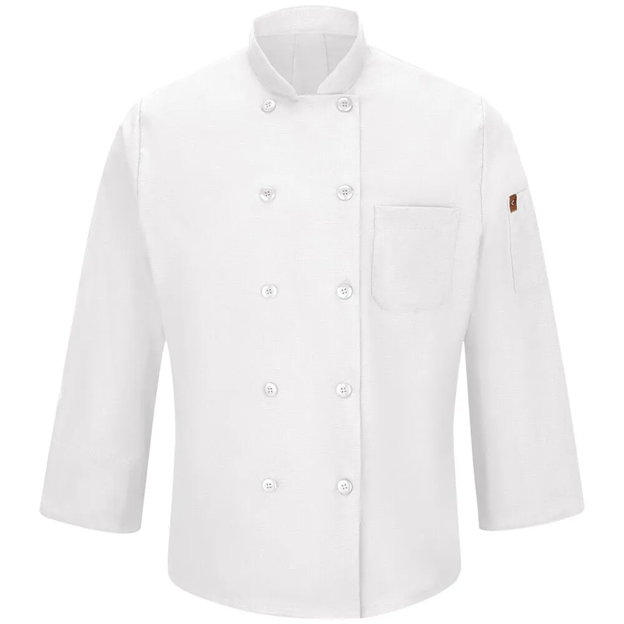
When sourcing a uniform supplier for the food industry, be sure the vendor lives up to appropriate standards with a range of HACCP products to achieve the best possible clean process goals.
A good uniform rental service will offer:
- The most suitable specialized garments for each job function
- Portal-to-portal sanitation control
- Verifiable processing methods
- HACCP trained staff
- Poly wrap delivery services
At Prudential Overall Supply, we check all these boxes and more. With decades of experience serving restaurants and caterers, we understand what it takes to meet both hygiene standards and style expectations. Our HACCP-compliant laundering processes, portal-to-portal sanitation, and tailored uniform options help your team look professional and operate safely in any season.
Dress for Success with Prudential Uniforms
The holidays are your busiest season, and there’s no room for error when it comes to restaurant food safety. From food handling to hygiene, every detail counts. While you focus on customer satisfaction, let us handle what your team wears.
Prudential Overall Supply offers convenient restaurant uniform rental services tailored to your industry’s needs. From dressing a line cook to outfitting a full catering service uniform program, we’ll make sure your team has the right garments, professionally laundered and delivered on schedule.
You take care of the food. We’ll take care of the uniforms.
For further information about restaurant uniforms and rental services, contact Prudential Overall Supply at (800) 767-5536 today!
